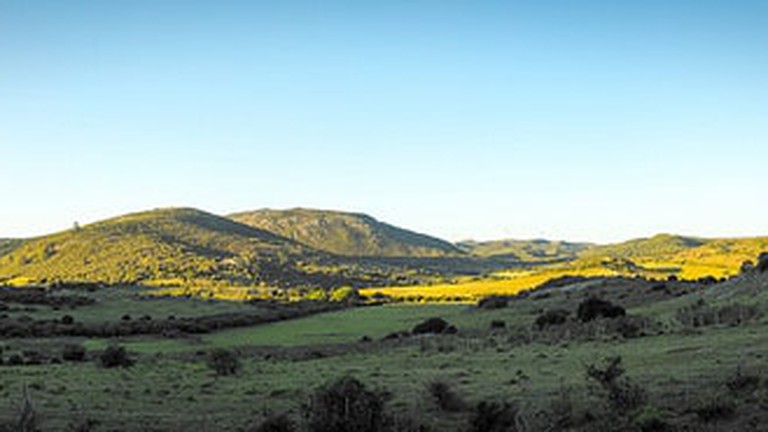Spanning few countries, thousands of islands, and hundreds of traditional cultures and unique natural wonders, the region of Southeast Asia could take a lifetime to fully explore. These few destinations each offer something different for the most discerning travellers
Sumatra, Indonesia
Indonesia’s largest island is the sixth biggest in the
world, sat squarely on the equator in the country’s rugged west. Exploring the
north of the island you’ll encounter Lake Toba, the world’s largest volcanic
lake with its own nascent island, Palau Samosir, formed some 75,000 years ago,
itself the largest island within an island on the planet.
Samosir has a rich and exotic history dominated by its
indigenous peoples, the Batak tribes, who today still practise and adhere to
many elements of their native cultures. Sumatra is also one of two places left
on Earth home to wild orangutans.
Hue, Vietnam
Vietnam’s ancient capital city lies on the central coast
between Hanoi and Ho Chi Minh along the Perfume River, and originally held the
seat of the Nguyen Dynasty until it fell in 1945. The rich history of Vietnam
is held in the very spirit of this coastal town, and to experience the
intricacies of Vietnamese culture here is like a textbook come to life.
The Imperial Citadel is the central structure in Hue, with
sacred pagodas extending for kilometres outside the main complex. Then there
are the royal tombs and iconic Forbidden City – but without the crowds of its
Chinese counterpart. Finally, don’t leave without sampling the local
speciality, Banh Khaoi pancakes, which pair well with the area’s namesake
microbrew.
Atauro Island, East Timor
This small island off the north of East Timor’s capital city
of Dili is the stuff of tropical dreams. In fact, scientists estimate that
Atauro’s surrounding waters are some of the most biodiverse on the planet, home
to hundreds of colourful fish and marine life, including many rare creatures
and species unique to Atauro itself.
On land, the island’s silhouette is dominated by its conical
mountains that give way to incredible trekking opportunities, and the local
villages are full of the area’s unique culture and history. At just 25km long
and 9km wide, the indigenous people speak four different languages apart from
the growing English proficiency, and everything from the architecture to the
food has been subtly influenced by the Portuguese control of the island
paradise until 2002.









